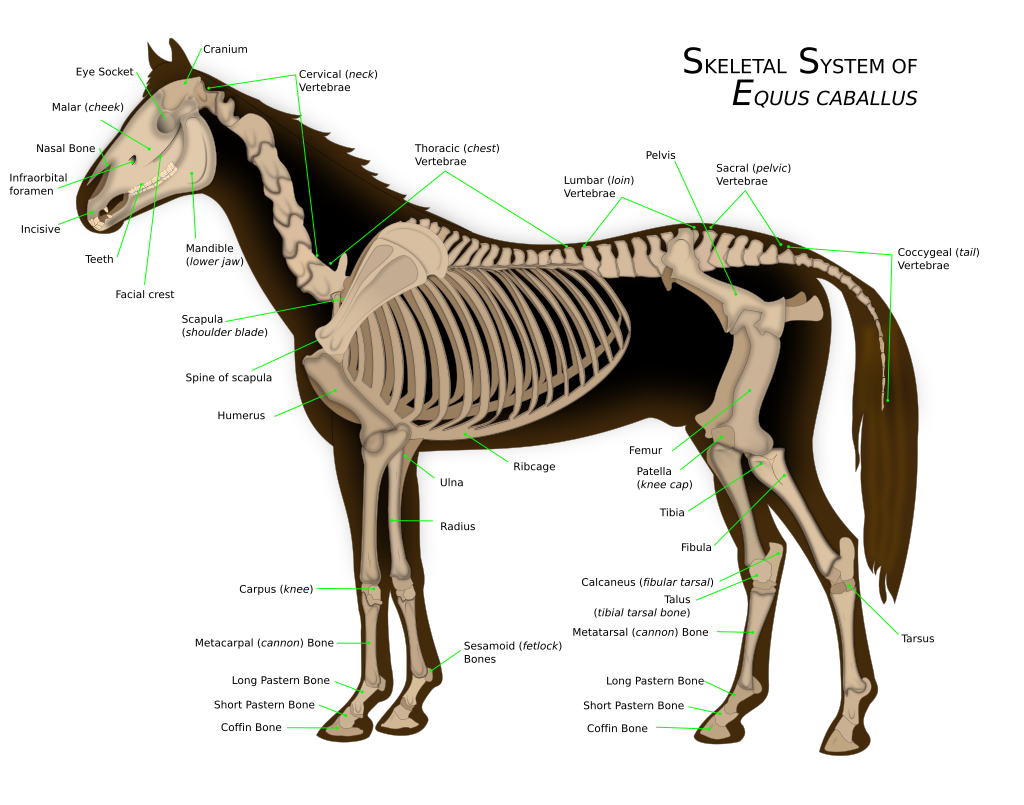As Cheltenham Racecourse gears up for its November Meeting, excitement builds across the racing world. Jockeys are finalising preparations, trainers are fine-tuning every detail, and horses are being conditioned for the intensity of the week ahead.
But what truly sets a racehorse apart from the average riding horse? Beyond their sleek appearance and incredible speed lies a fascinating blend of biology, training, and lifestyle that makes these athletes some of the most finely tuned animals on earth.
Here’s a closer look at what makes a racehorse so unique.
1. Bone Structure: Built for Speed
A racehorse is quite literally engineered for performance. Selective breeding and rigorous early training shape bones that are lighter yet remarkably strong, optimised for speed and stride efficiency.
When young horses begin intense training, their bones undergo rapid remodelling to adapt to the physical stress, with their bones becoming fragile.

Early on, this process can make them more prone to stress fractures — a common risk in the early stages of a racing career. Over time, however, their skeletal structure becomes denser and stronger, capable of withstanding the demands of high-speed gallops.
Thoroughbreds, in particular, have long, slim limbs that allow for greater reach and stride length — essential traits when every fraction of a second counts. By contrast, horses bred for disciplines like show jumping or cutting tend to have shorter, thicker bones built for power and agility rather than speed.
2. Living Conditions: Energy Conservation Over Leisure
While most horses enjoy long days in flourashing pastures, grazing and socialising in herds, racehorses live a far more controlled lifestyle.
They spend much of their time stabled individually — a practice designed to prevent injuries, regulate feeding, and preserve energy for training and competition. Though it may seem restrictive, this controlled environment is crucial for managing their diet, rest, and overall condition, ensuring they remain focused and ready to perform.
3. Diet: Fuel for a High-Performance Athlete
A racehorse’s diet is a scientific balancing act — every nutrient carefully measured to fuel peak performance.
Their meals are high in energy, often consisting of several small feeds per day rich in starches, proteins, and grains, with added supplements to support muscle development and recovery.
The challenge is maintaining gut health; because these feeds are more concentrated and lower in fibre than a typical horse’s diet, digestive issues such as gastric ulcers can occur if not managed properly.
In contrast, leisure and sport horses thrive on a forage-based diet of hay and grass, which supports their natural grazing behaviour and slower energy requirements.
4. Training Regimes: Precision and Purpose
Racehorse training is as much art as science. Each day follows a strict schedule designed to develop stamina, strength, and explosive speed.
Workouts often include gallops on turf or all-weather tracks, hill work, and interval training to simulate race conditions. Horses train in groups to mimic the dynamics of a live race, building not only fitness but also experience in running alongside competitors.
By comparison, non-racing horses have much more varied and flexible training routines. Their work depends on discipline — from dressage and show jumping to hacking and cross-country — and focuses on skill, control, and versatility rather than maximum athletic output.
The Bigger Picture: A Life of Purpose and Passion
From their skeletal structure to their diet and daily routine, racehorses are unlike any other equine athletes. They are bred, trained, and cared for with extraordinary precision — each element of their life directed toward achieving peak speed, endurance, and focus.
As the Cheltenham November Meeting approaches, every horse on the track represents years of dedication, science, and passion from breeders, trainers, and jockeys alike.
So, next time you watch them thunder down the Cheltenham straight, remember — you’re not just witnessing a race. You’re watching the culmination of nature, nurture, and sheer athletic brilliance.


